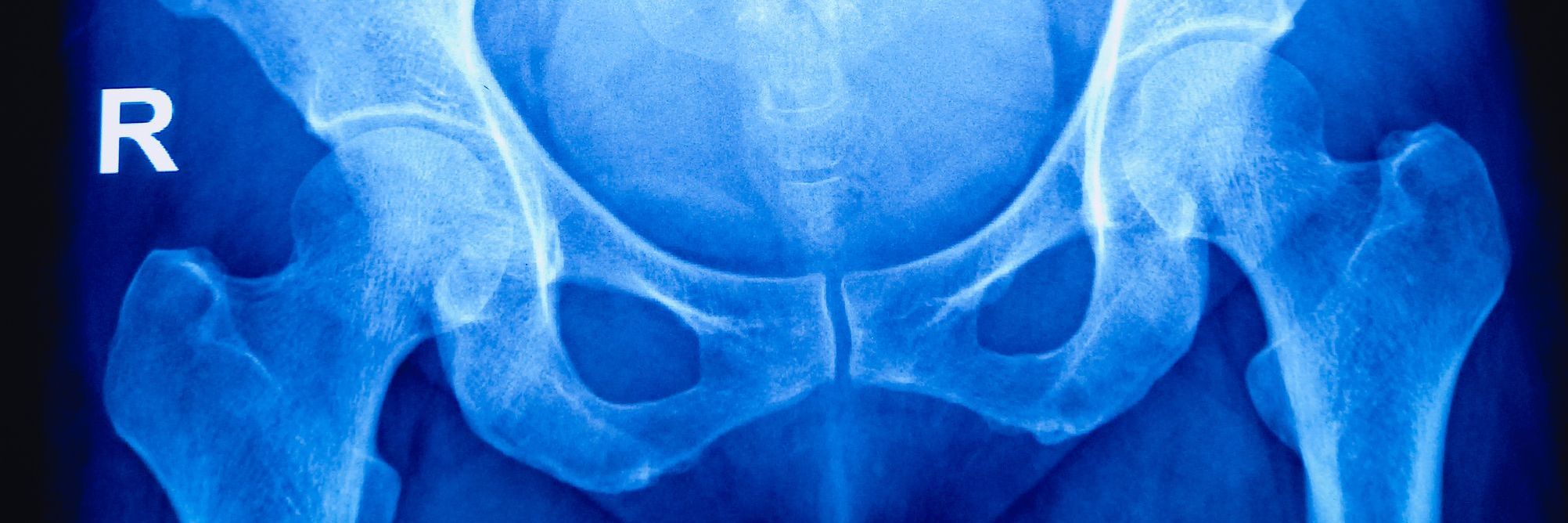The following is the summary of “Relationship between platelet distribution width and new-onset cardiovascular disease events in patients with peritoneal dialysis” published in the October 2022 issue of Renal failure by Su, et al.
Chronic kidney disease (CKD) deaths have risen worldwide over the previous 2 decades. Although the rise in popularity of other end-stage renal disease treatments, peritoneal dialysis (PD) is still a viable option for many patients. The most common secondary health issue for people with PD is cardiovascular disease (CVD). It has been found that platelet distribution width (PDW) can foretell unfavorable CVD outcomes, making it a potential prognostic factor. In addition, PDW may be associated with an increased risk of CVD in PD patients. However, the nature of this association is unclear. This research aimed to determine if people with PD had a higher risk of developing cardiovascular disease if they had a PDW.
During the study period (4 July 2005-31 December 2019), 1,557 patients were enrolled in a retrospective cohort study. PDW was divided into 2 subsets, those with a (PDW ≤13.2 fL) or less and those with a (PDW>13.2 fL) or more. An incident of CVD for the first time was the main endpoint. The hazard ratio was calculated using a Cox proportional hazards model (HR). The sensitivity and specificity of the PDW in predicting CVD events were measured using receiver-operating characteristic (ROC) curve analysis.
About 114 incident cases of CVD were attributable to new onset during the follow-up period. Patients with high PDW had an increased risk of CVD events, as determined by Cox proportional hazards models (HR=1.862, 95%CI 1.205-2.877, P=0.005). The Kaplan-Meier cumulative incidence curves revealed an increased risk of CVD events in the high PDW group (P=0.006). New cases of cardiovascular disease are more likely to occur in people with PD if their PDW is high.
Source: tandfonline.com/doi/full/10.1080/0886022X.2022.2130802

















